- Have any questions?
- +86-189 8930 5995
- sales@mosinterchem.com.cn
Lead acetate CAS 6080-56-4

Cadmium acetate CAS 5743-04-4
17/12/2018
Oxalic acid CAS 6153-56-6
17/12/2018| Model: | MOS 6080-56-4 |
| Brand Name: | MOSINTER |
| CAS No.: | 6080-56-4 |
| Appearance: | White crystals |
| Total nitrogen (N) %≤: | 0.001 |
| Chloride (Cl) %≤: | 0.0005 |
| Water insoluble %≤: | 0.005 |
| Sodium (Na) %≤: | 0.005 |
| Potassium (K) %≤: | 0.005 |
| Calcium (Ca) %≤: | 0.005 |
| Iron (Fe) %≤: | 0.001 |
| Copper (Cu) %≤: | 0.001 |
| Clarity test / No. ≤: | 3 |
Lead acetate (CAS: 6080-56-4)
| Item | Index |
| Appearance | White crystals |
| Purity %≥ | 99.5 |
| Total nitrogen (N) %≤ | 0.001 |
| Chloride (Cl) %≤ | 0.0005 |
| Water insoluble %≤ | 0.005 |
| Sodium (Na) %≤ | 0.005 |
| Potassium (K) %≤ | 0.005 |
| Calcium (Ca) %≤ | 0.005 |
| Iron (Fe) %≤ | 0.001 |
| Copper (Cu) %≤ | 0.001 |
| Clarity test / No. ≤ | 3 |
Lead(II) acetate (Pb(CH3COO)2), also known as lead acetate, lead diacetate,
plumbous acetate, sugar of lead, lead sugar, salt ofSaturn, and Goulard’s powder,
is a white crystalline chemical compound with a sweetish taste. It is made by
treating lead(II) oxide with acetic acid. Like other lead compounds, it is toxic.
Lead acetate is soluble in water and glycerin. With water it forms the trihydrate,
Pb(CH3COO)2·3H2O, a colorless or white efflorescent monoclinic crystalline substance.
The substance is used as a reagent to make other lead compounds and as a fixative
for some dyes. In low concentrations, it is the principal active ingredient in progressive
types of hair coloring dyes.[citation needed] Lead(II) acetate is also used as a mordant
in textile printing and dyeing, as a drier in paints and varnishes, and in preparing other
lead compounds.
Uses
Sweetener
Like other lead(II) salts, lead(II) acetate has a sweet taste, which has led to its use as a sugar
substitute throughout history. The ancient Romans, who had few sweeteners besides honey,
would boil must (grape juice) in lead pots to produce a reduced sugar syrup called defrutum,
concentrated again into sapa. This syrup was used to sweeten wine and to sweeten and preserve
fruit. It is possible that lead(II) acetate or other lead compounds leaching into the syrup might have
caused lead poisoning in those who consumed it. Lead acetate is no longer used in the production of
sweeteners in most of the world because of its recognized toxicity. Modern chemistry can easily detect it,
which has all but stopped the illegal use that continued decades after legal use as a sweetener was banned.
Resultant deaths
Pope Clement II died in October 1047. A toxicologic examination of his remains conducted in the mid-20th
century confirmed centuries-old rumors that he had been poisoned with lead sugar. It is not clear if he was
assassinated.
In 1787 painter Albert Christoph Dies swallowed, by accident, approximately 0.75 ounces (21 g) of lead
acetate. His recovery from this poison was slow and incomplete. He lived with illnesses until his death
in 1822.[citation needed]
Although the use of lead(II) acetate as a sweetener was already illegal at that time, composer Ludwig van
Beethoven may have died of lead poisoning caused by wines adulterated with lead acetate.
Mary Seacole applied lead(II) acetate, among other remedies, against an epidemic of cholera in Panama.
Production
Lead acetate can be made by boiling elemental lead in acetic acid and hydrogen peroxide. It’s also
possible to create with lead carbonate or lead oxide.
Other uses
Lead(II) acetate, as well as white lead, has been used in cosmetics throughout history, though this practice
has ceased in Western countries. It is still used in men’s hair coloring products like Grecian Formula.
Lead(II) acetate paper is used to detect the poisonous gas hydrogen sulfide. The gas reacts with lead(II)
acetate on the moistened test paper to form a grey precipitate of lead(II) sulfide.
Lead(II) acetate solution was a commonly used folk remedy for sore nipples. In modern medicine, for a
time, it was used as an astringent, in the form of Goulard’s Extract.
An aqueous solution of lead(II) acetate is the byproduct of the 50/50 mixture of hydrogen peroxide and
white vinegar used in the cleaning and maintenance of stainless steel firearm suppressors (silencers) and
compensators. The solution is agitated by the bubbling action of the hydrogen peroxide, and the main
reaction is the dissolution of lead deposits within the suppressor by the acetic acid, which forms lead
acetate. Because of its high toxicity, this chemical solution must be appropriately disposed by a chemical
processing facility or hazardous materials center. Alternatively, the solution may be reacted with sulfuric
acid to precipitate nearly insoluble lead(II) sulfate. The solid may then be removed by mechanical filtration
and is safer to dispose of than aqueous lead acetate.
It was also used in making of slow matches during the Middle Ages. It was made by mixing natural form of
lead(II) oxide called litharge andvinegar.
Sugar of lead was a recommended agent added to linseed oil during heating to produce “boiled” linseed oil,
the lead and heat acting to cause the oil to cure faster than raw linseed oil.
Lead(II) acetate has also been used to treat poison ivy.
You must be logged in to post a review.

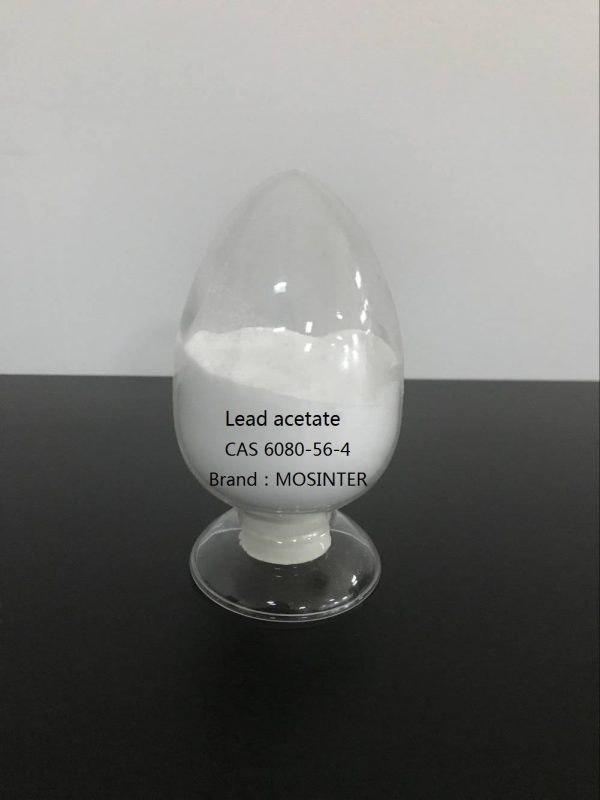
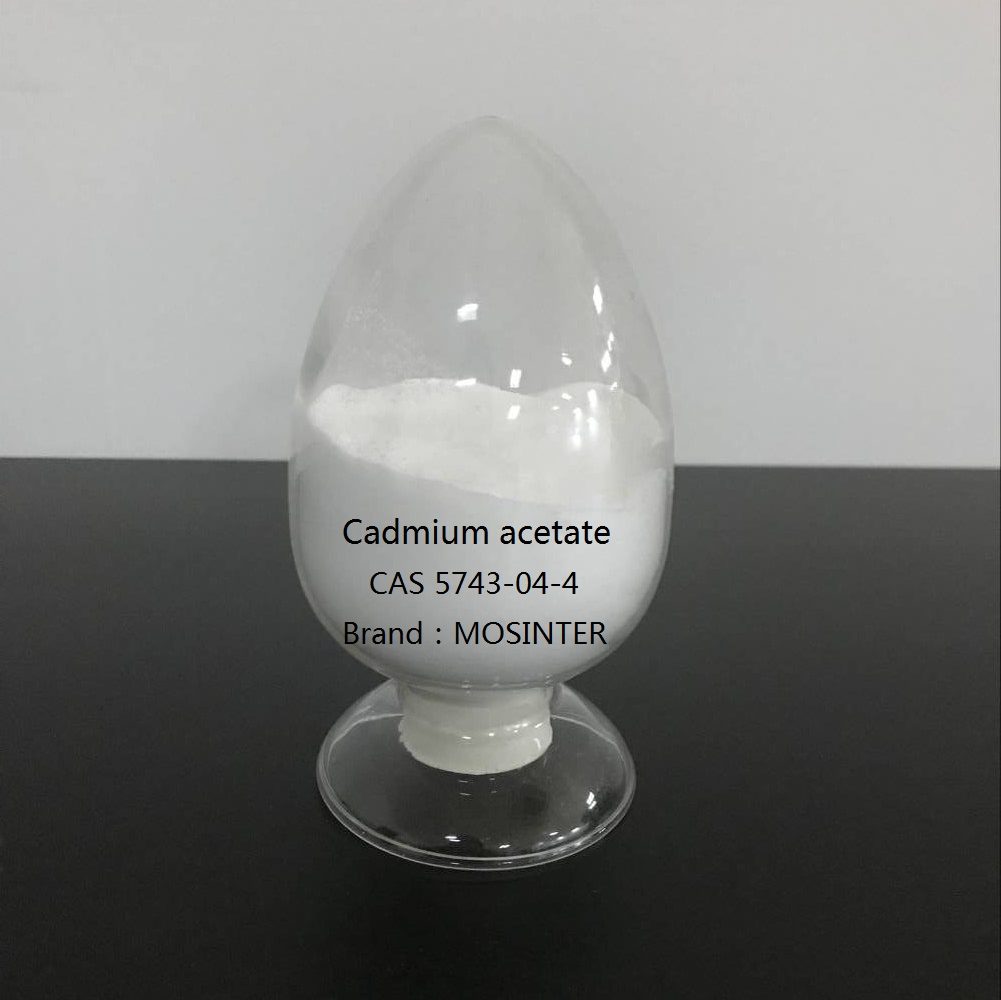
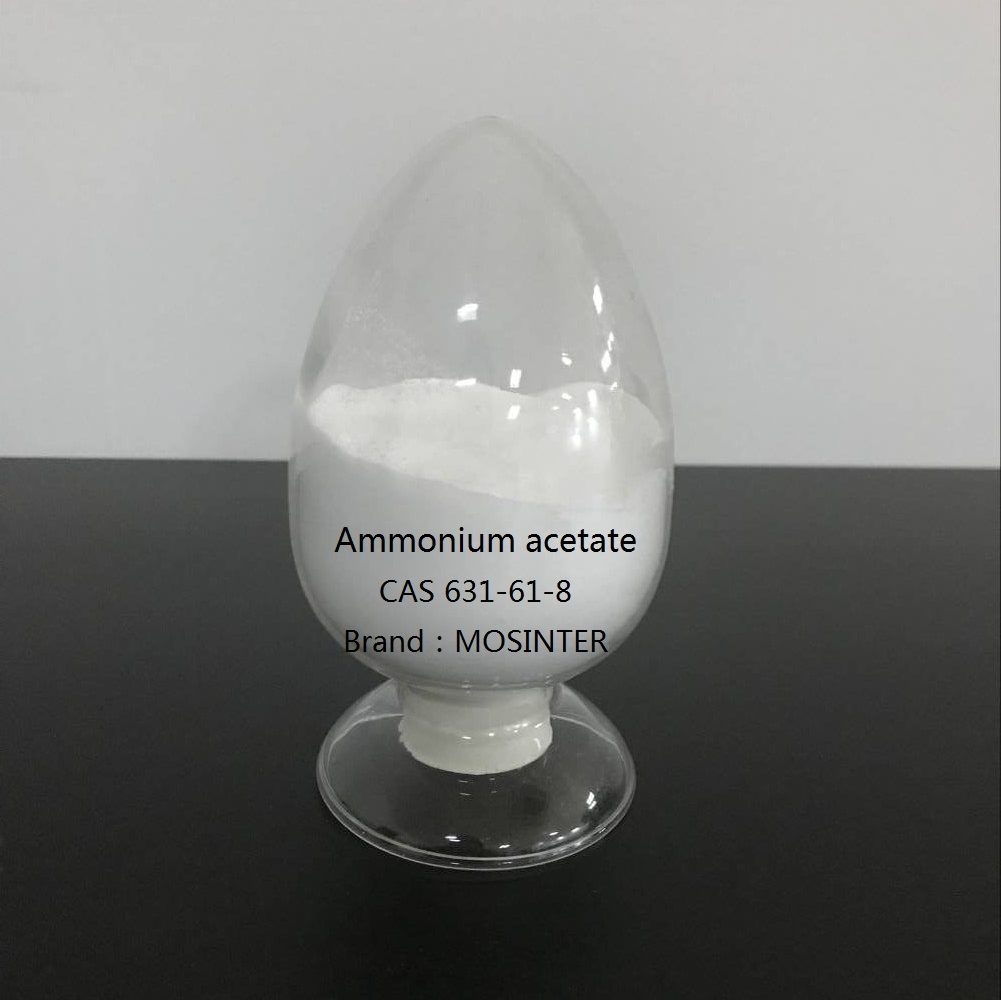
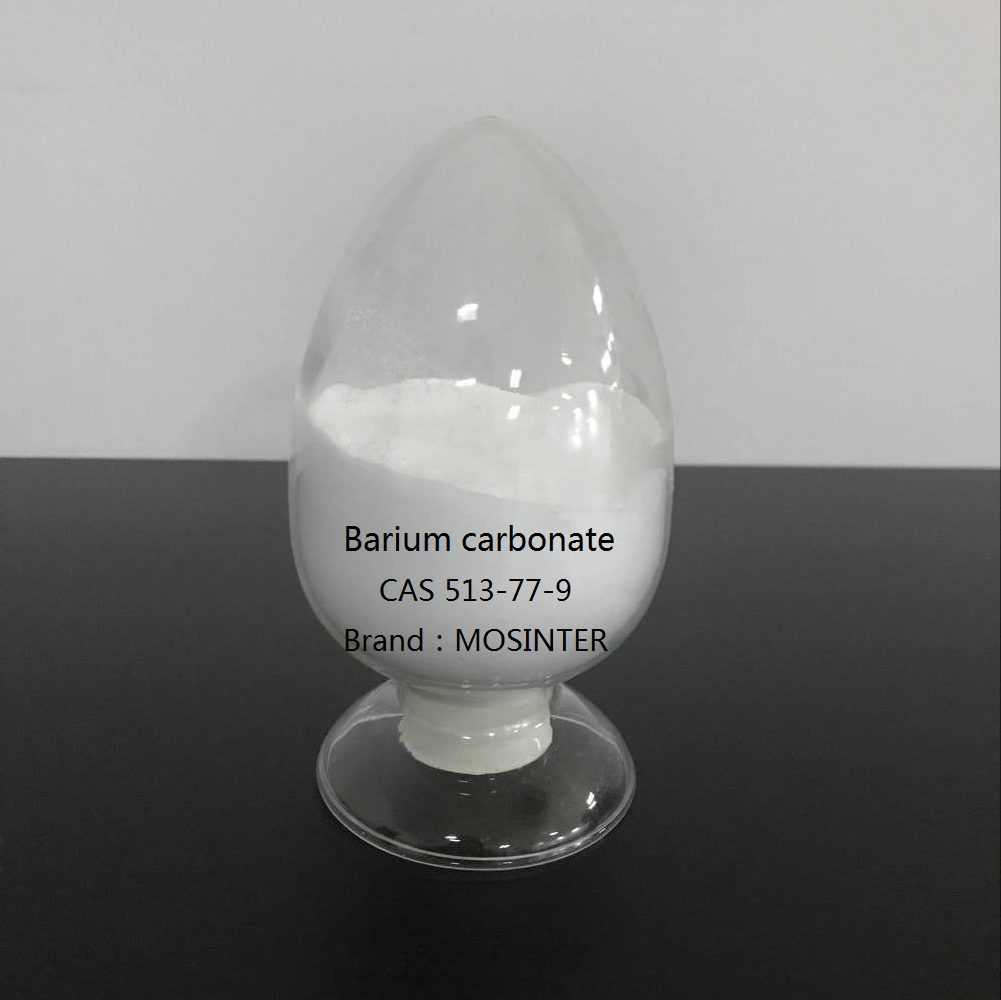
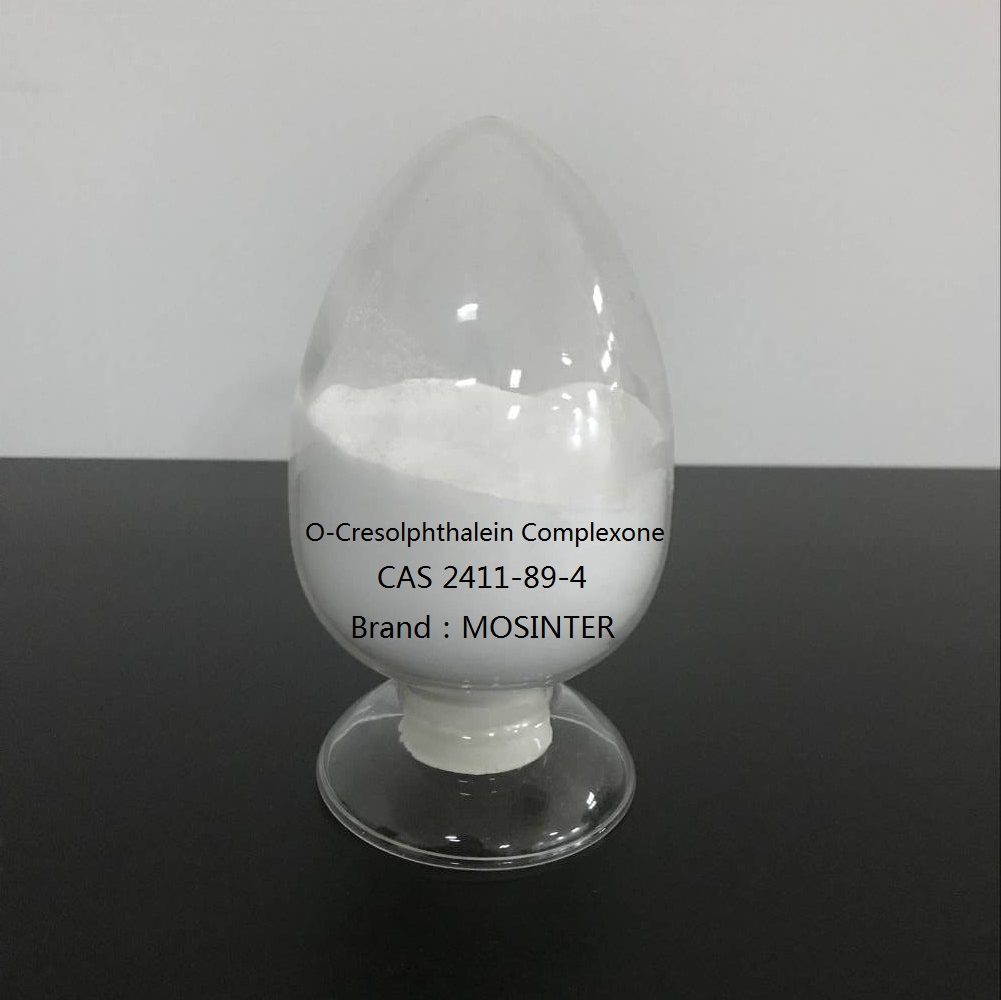
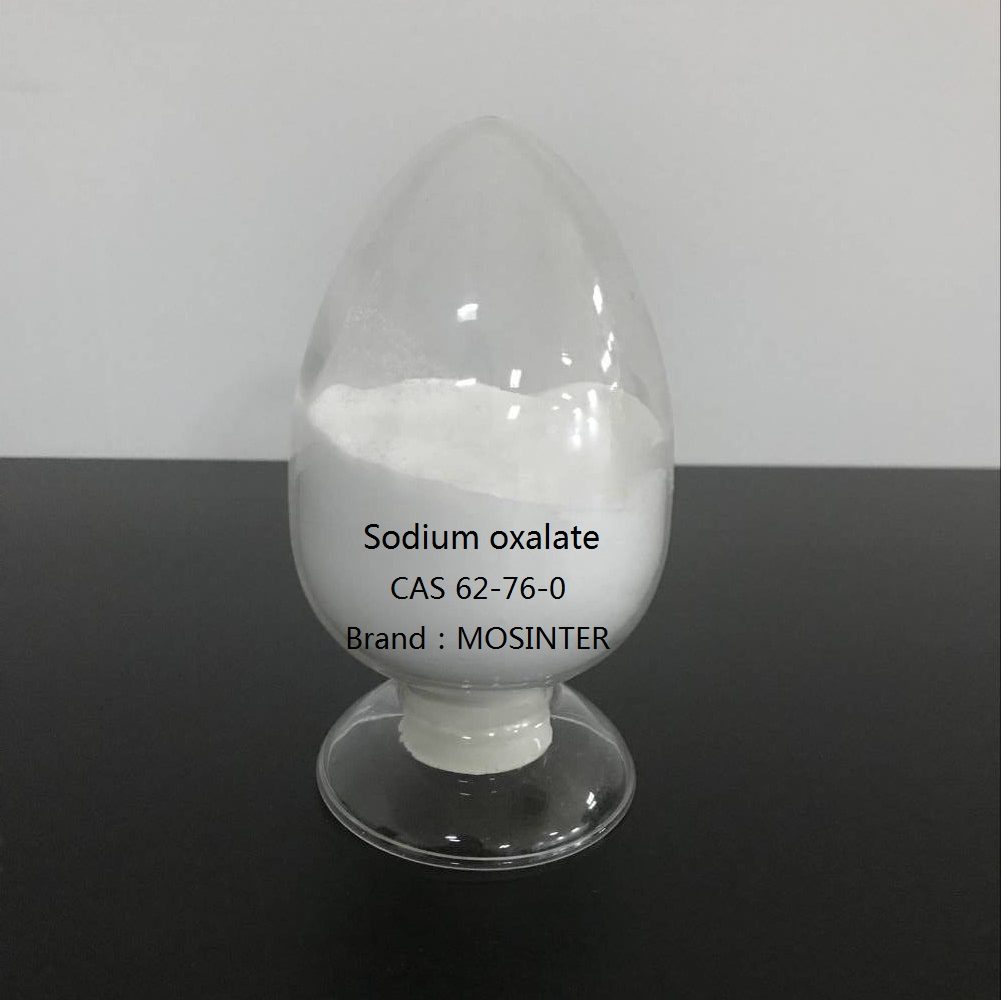
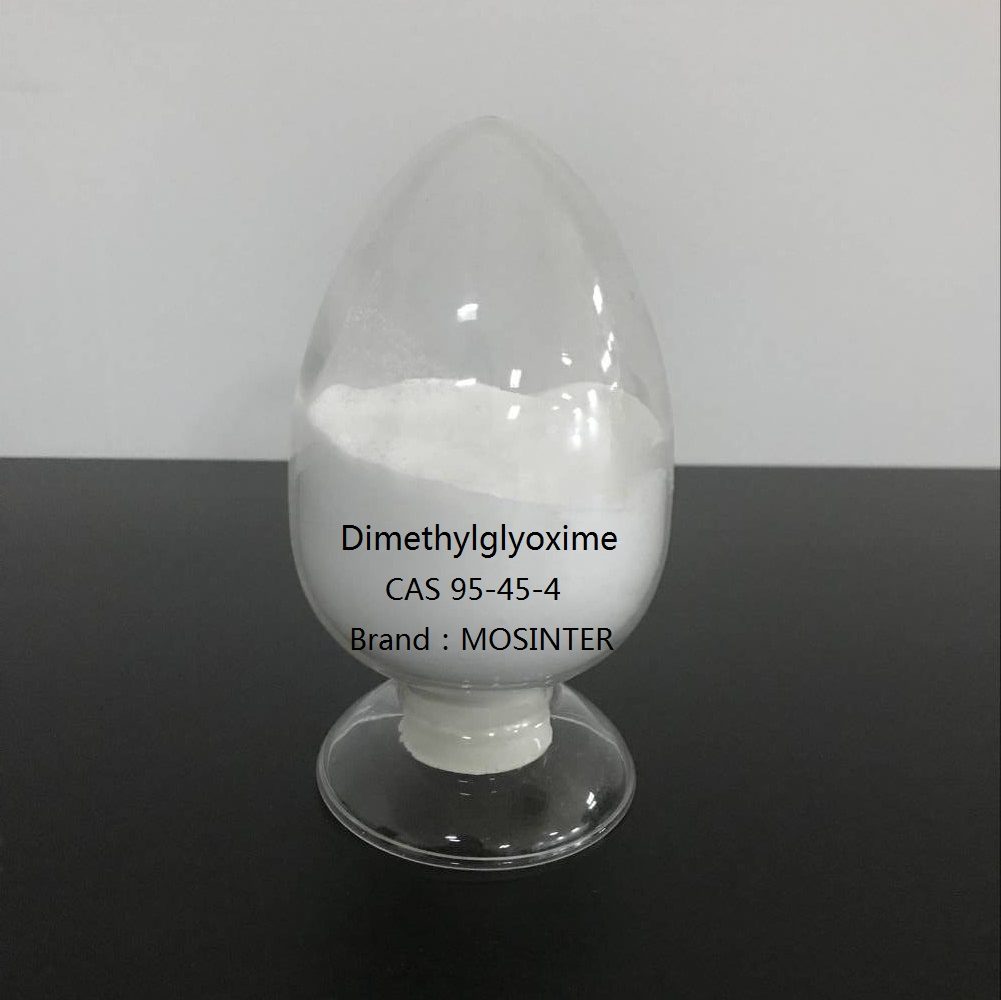
Reviews
There are no reviews yet.